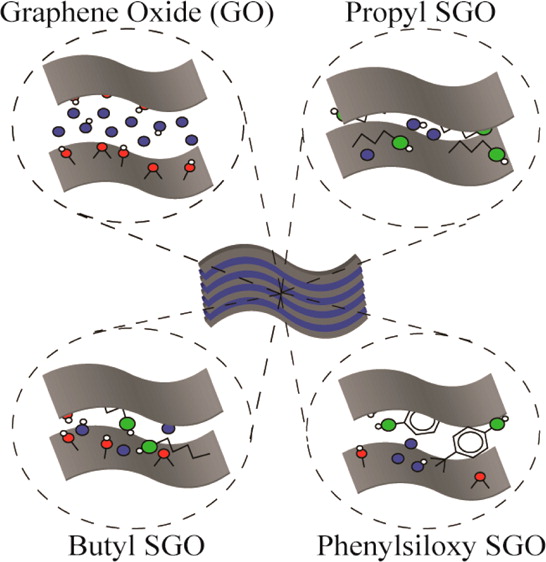Traditional and Emerging Proton Exchange Membranes for Fuel Cells
Hydrogen fuel cells offer a potentially ‘clean’ method of energy conversion, with the additional benefits of exhibitinghigh energy density and high efficiency. The bulk of our research in this area focuses on characterizing proton dynamics in proton exchange membranes, such as commercially available Nafion (PFSA) or Sulfonated polyether ether ketones (S-PEEK) membranes, in order to better understand the ideal conditions under which proton transport is maximized. We have successfully implemented a 19F dipolar recoupling NMR method that allows us to probe the local dynamics of the polymer chains by monitoring the 19F-19F dipole-dipole interactions, where we have observed that the polymer side chain demonstrates higher local mobility compared to the backbone structure at elevated temperature and hydration level. These results can then be correlated to the electrochemical properties of the bulk material, providing a comprehensive understanding of the polymeric structure’s impact on overall performance.


In addition to polymeric proton exchange membranes, we have investigated a number of fuel cell-relevant graphitic materials (carbon black, functionalized graphene, CNTs, etc.) through solid-state NMR. These materials present unique challenges to the collection of meaningful NMR spectra due to their amorphous and electrically conductive nature. Through purposeful sample treatment and careful spectral interpretation, we are able to study covalently functionalized and heteroatomically-doped graphitic materials, identifying properties that ultimately contribute to improved performance.
